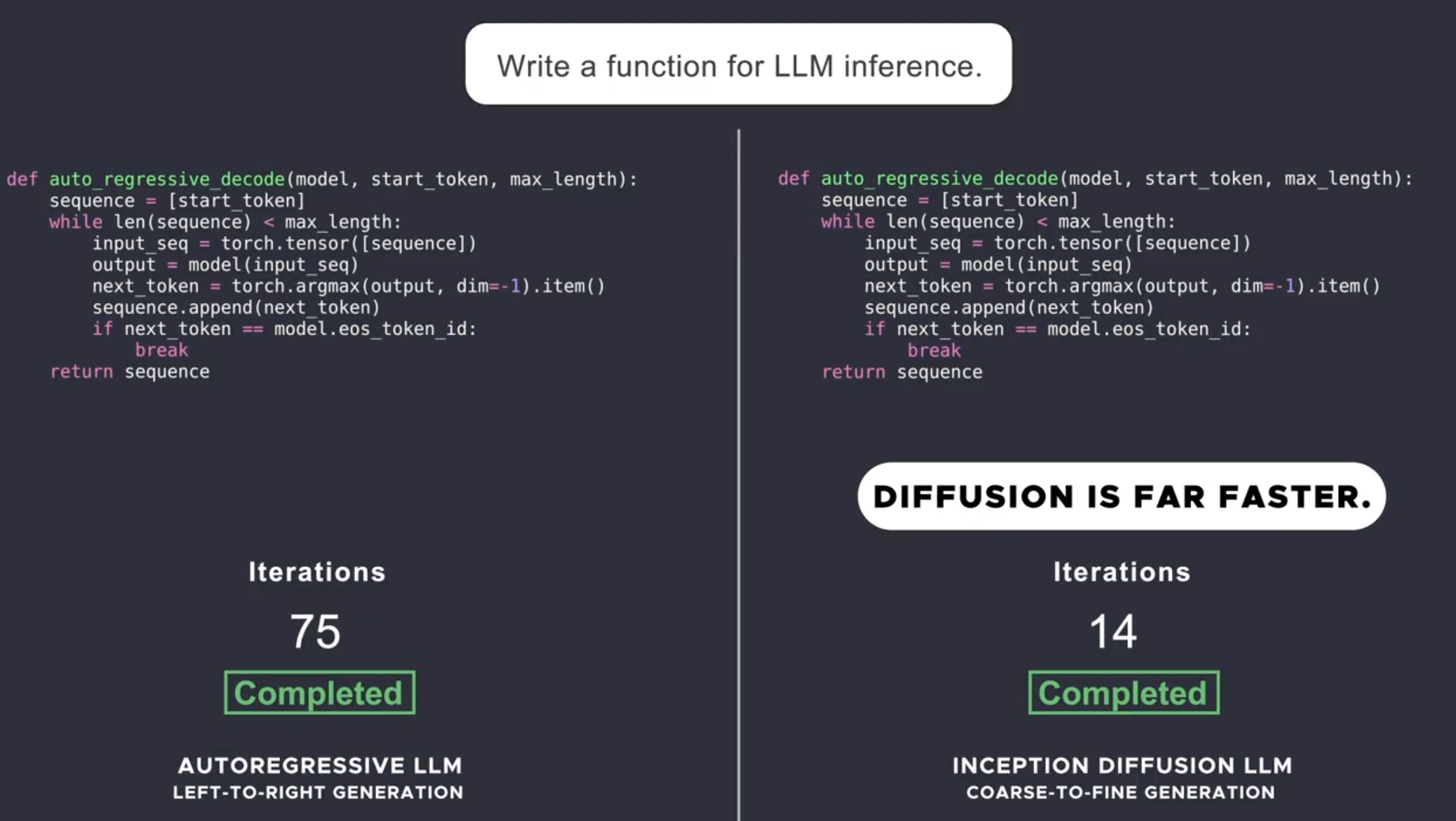Digital evidence collection in Borivali
Codelancer Cybersecurity & Forensics specializes in digital evidence collection and analysis for ransomware and malware incidents. They offer end-to-end support, including incident response, forensic imaging, malware analysis, and recovery planning, ensuring secure data handling and legal compliance.

The process of digital evidence collection is essential in investigating cyberattacks, particularly ransomware and malware incidents, as well as other cybercrimes. Collecting digital evidence accurately and securely is crucial for understanding the attack, preventing future incidents, and supporting legal actions if needed. Here's a breakdown of the process based on the context of cybersecurity threats like ransomware and malware:
1. Initial Assessment and Incident Response
- Confirm the Incident: The first step is to confirm whether a ransomware or malware attack has occurred. This may involve investigating unusual system behavior, such as encrypted files or unexplained system slowdowns. Digital forensics experts from companies like Codelancer Cybersecurity & Forensics can immediately be called to assess the nature and scope of the attack.
- Contain the Threat: Before collecting evidence, it’s essential to contain the threat to prevent further damage. This may involve disconnecting affected devices from the network to stop the spread of malware or ransomware.
2. Preparation for Evidence Collection
- Define the Scope: Determine which devices and systems are potentially affected and need to be examined. This includes servers, workstations, mobile devices, and any network storage systems.
- Preserve the Scene: Just as in physical crime scenes, it’s important to preserve the digital environment to avoid tampering with evidence. This may involve creating forensic copies (bit-for-bit copies) of the devices or data before starting the analysis. Codelancer’s forensic team can help create these exact copies to ensure that no data is altered during the investigation.
3. Data Collection and Acquisition
- Secure Devices: Collect and secure all affected devices. This includes ensuring that no one interacts with the devices until they are in a controlled environment to prevent overwriting or tampering with crucial evidence.
- Forensic Imaging: Using specialized forensic tools, experts make bit-for-bit copies (forensic images) of affected hard drives, memory, or other storage devices. This ensures the integrity of the evidence and allows investigators to work from the copy rather than the original device.
- Capture Network Data: Collect relevant network logs, firewall logs, and any data that might point to the point of entry of the malware or ransomware. Network monitoring tools can capture traffic to detect abnormal communications between the infected device and external servers, which could indicate a ransomware demand or data exfiltration.
- Collect System Data: Evidence from the system includes logs, file structures, running processes, registry information, and other data that may point to how the malware or ransomware entered the system and spread.
4. Chain of Custody Documentation
- Maintain a Record: Every step of the evidence collection process must be documented, including who collected the data, how it was handled, and when it was collected. This is to ensure that the evidence remains legally admissible in court if needed. Maintaining a chain of custody helps prove the integrity of the evidence and shows that it hasn’t been tampered with.
5. Analysis of Collected Evidence
- Malware Analysis: Once the data is collected, experts conduct an analysis to identify the specific type of malware or ransomware involved. This includes reverse engineering the malicious software to understand its behavior, how it spreads, and any payloads it may have delivered (e.g., file encryption in ransomware).
- Log Analysis: By examining system, network, and security logs, investigators can track the timeline of the attack. This helps identify when and how the ransomware or malware infiltrated the system and provides key evidence for understanding the attack's scope.
- Identifying Indicators of Compromise (IOCs): Experts look for IOCs such as unusual file types, network communication patterns, or known signatures of specific malware strains. This allows businesses to protect themselves from future attacks by identifying similar threats in their environments.
- Recovery and Restoration Plans: Based on the analysis, Codelancer can recommend actions for restoring the system, including removing the malware, patching vulnerabilities, and recovering from secure backups.
How Codelancer Cybersecuirty And Forensics can help
Codelancer Cybersecurity & Forensics can assist with digital evidence collection, analysis, and reporting by providing expert guidance and support throughout the entire forensic process.
1. Incident Response and Initial Assessment
- Immediate Response: When a cyberattack, such as ransomware or malware, occurs, Codelancer provides immediate incident response services. Their team assesses the situation, confirms the attack, and ensures the affected systems are isolated to prevent further damage.
- Initial Evidence Collection: During the initial stages, they collect evidence in a secure manner to avoid tampering or loss. This includes creating forensic copies (images) of affected devices and systems for further analysis.
2. Forensic Data Collection
- Secure Evidence Acquisition: Codelancer employs industry-standard tools and methodologies to ensure that evidence is collected without compromising its integrity. This includes acquiring data from hard drives, servers, network logs, and memory dumps, ensuring that all data is captured accurately and securely.
- Maintaining Chain of Custody: They maintain a strict chain of custody for all digital evidence collected. This ensures that every step of the process is documented, and the evidence remains legally admissible in court, if needed.
3. Malware and Ransomware Analysis
- Reverse Engineering: For ransomware and malware incidents, Codelancer’s forensic team performs in-depth malware analysis. They reverse engineer the malicious software to understand its behavior, how it spreads, and the type of damage it causes (e.g., file encryption in ransomware attacks).
- Identifying Indicators of Compromise (IOCs): Codelancer identifies IOCs, such as file hashes, IP addresses, and domain names associated with the malware. These IOCs can be used to detect and mitigate future attacks, as well as help prevent the spread of the malware within the organization.
4. Log and Data Analysis
- System and Network Logs: Codelancer reviews system logs, network traffic data, firewall logs, and other sources of information to track the path of the malware or ransomware attack. This helps to determine when and how the attack began, how it spread, and which systems were affected.
- Recovering Deleted or Corrupted Data: In some cases, cybercriminals attempt to delete traces of their activities. Codelancer can help recover deleted or corrupted data using forensic tools that can retrieve information even from damaged or erased storage.
Conclusion
The process of digital evidence collection in the context of ransomware and malware attacks requires a structured, methodical approach to ensure the integrity of evidence and secure the organization's data. Codelancer Cybersecurity & Forensics offers end-to-end support from the initial incident response and evidence collection to analysis, reporting, and post-incident recovery. By using expert forensics practices, businesses can mitigate the impact of such cyber threats, improve their security posture, and ensure that legal or regulatory requirements are met.
For more information and personalized cybersecurity solutions, visit Codelancer Cybersecurity & Forensics.
What's Your Reaction?






































